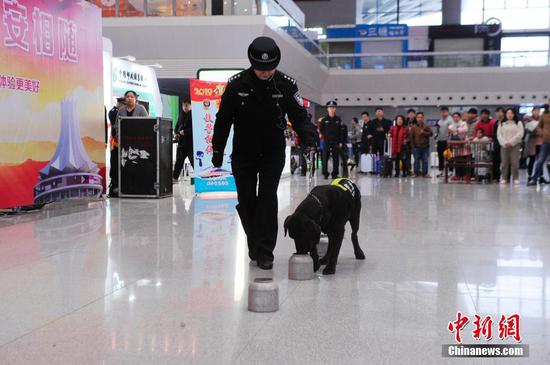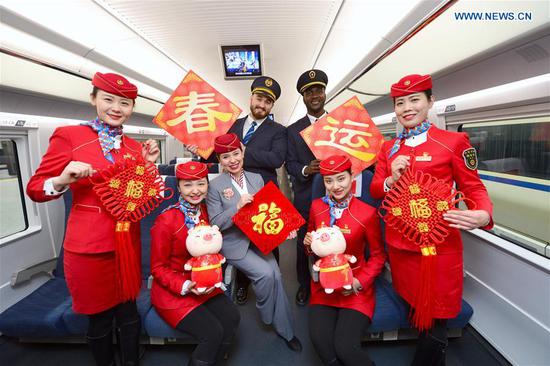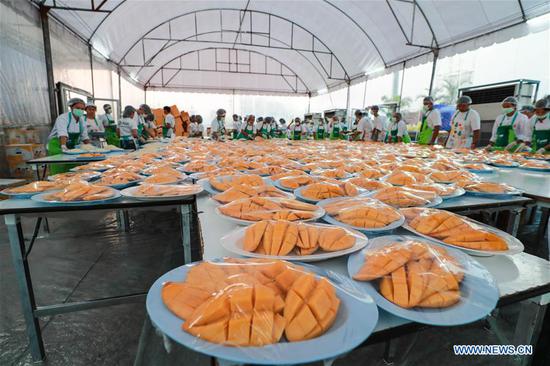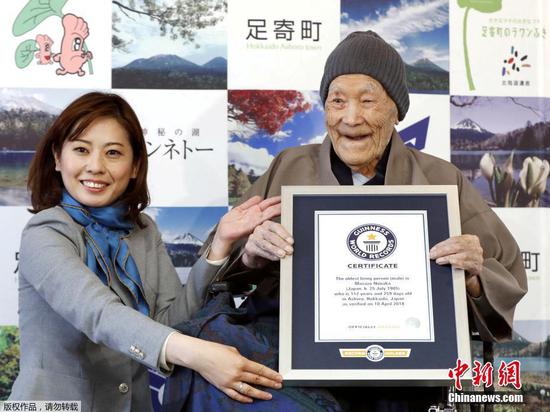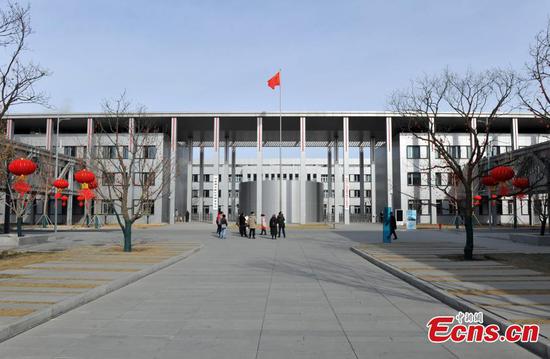With globalization 4.0, namely, a new wave of globalization in a digital world, more focus will be shifted from business benefits to social value, a senior executive from China's Huawei Technologies said Tuesday.
Ken Hu, deputy chairman and rotating chairman of Huawei, made the remarks during a discussion titled "Strategic Outlook on the Digital Economy" at the World Economic Forum (WEF) Annual Meeting that opened here Tuesday and runs through Friday.
The meeting this year is themed "Globalization 4.0: Shaping a Global Architecture in the Age of the Fourth Industrial Revolution."
Hu disd that the fifth generation (5G) of cellular mobile communications technology will be rolled out in 110 countries by 2025 and is expected to bring unprecedented benefits to consumers, businesses and society.
He said the potential of technology will make life better for people with disability, provide a more widespread access to banking services, and grow more food for the expanding population.
"The World Economic Forum is a great platform to explore the social value it can bring to us," Hu said, adding that the social value to be created should be part of the key considerations for businesses.
Panelists attending the session agreed that globalization 4.0 must be more inclusive and enable equity in economic outcomes, and that businesses must join governments in defining globalization 4.0 so as to create a better world.
For Rajeev Suri, president and CEO of Nokia, a coalition of government and businesses to develop good privacy and cybersecurity policies that can be applied across countries would be a defining moment, and it is important to spread awareness of the benefits of globalization 4.0 and the 5G technology.
Alfred F. Kelly, CEO of payments tech company Visa, said that for the first time in history, the size of the middle class is larger than that of people in poverty, creating unprecedented possibilities for financial inclusion.
"Financial inclusion comes after financial literacy," he said.
The 2019 WEF Annual Meeting has attracted more than 3,000 participants.














